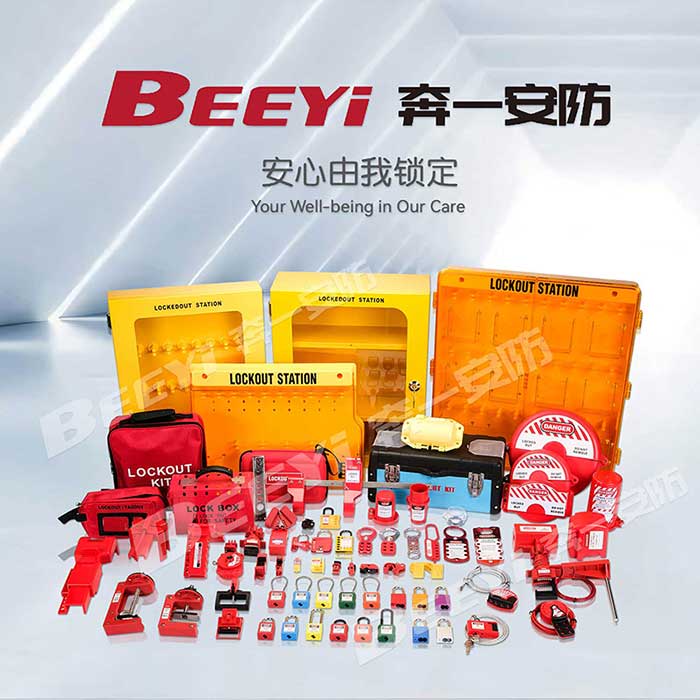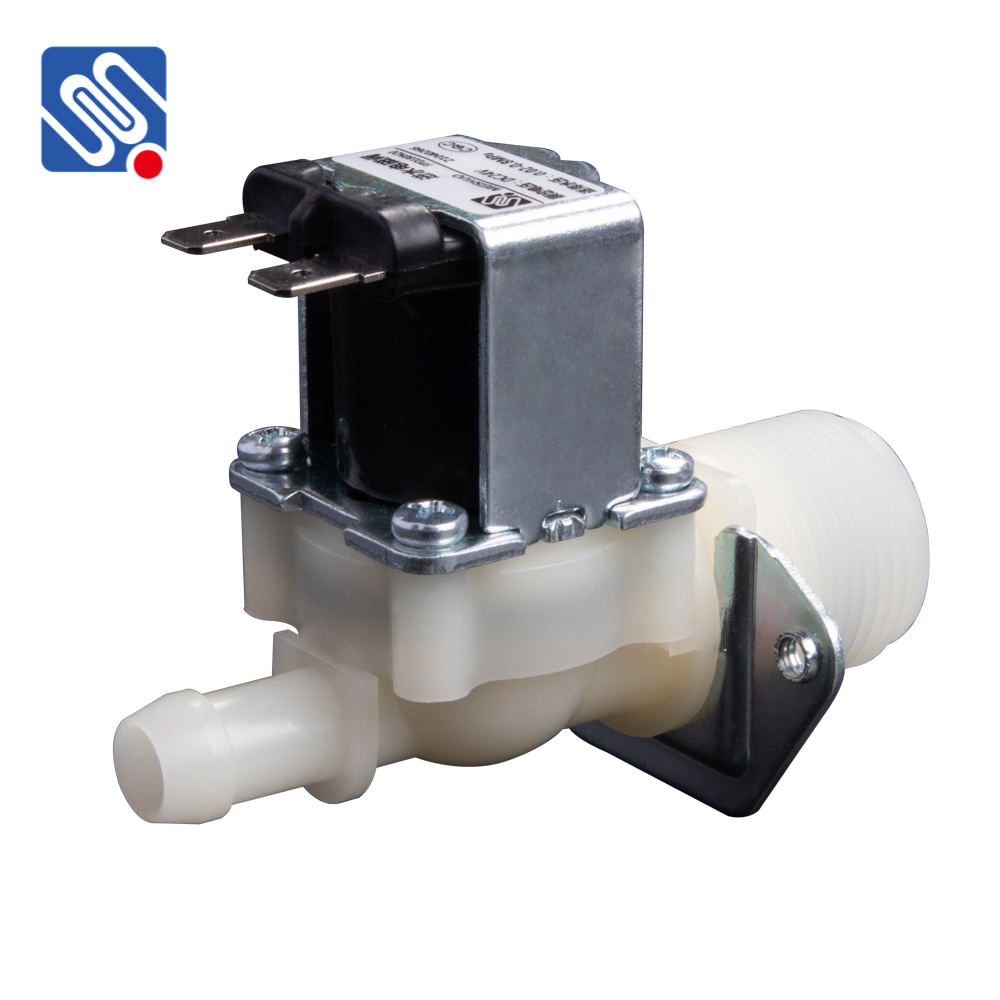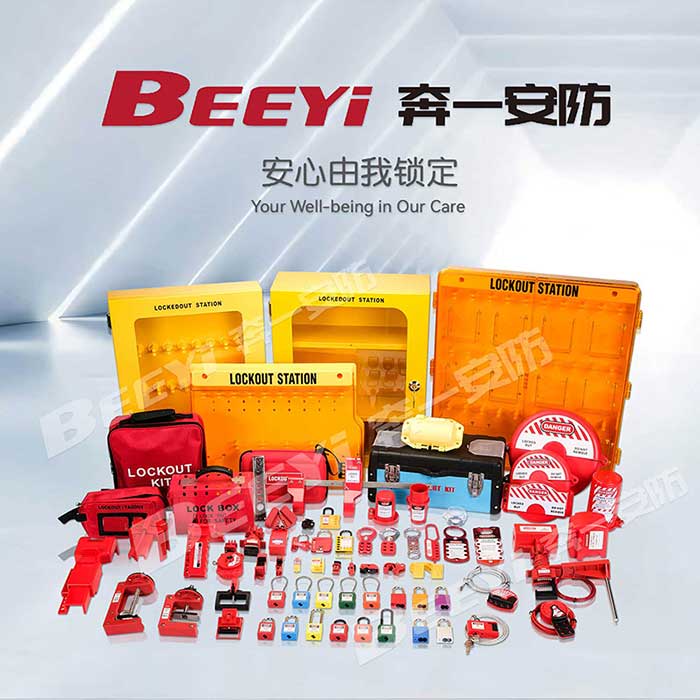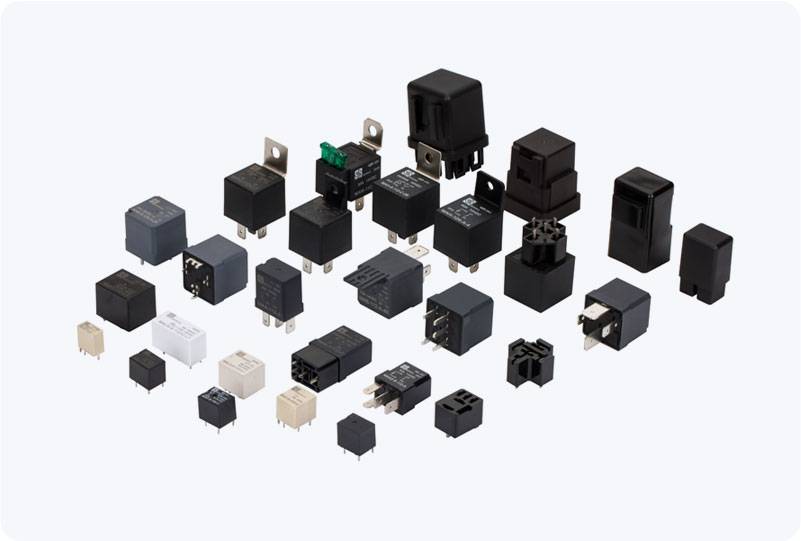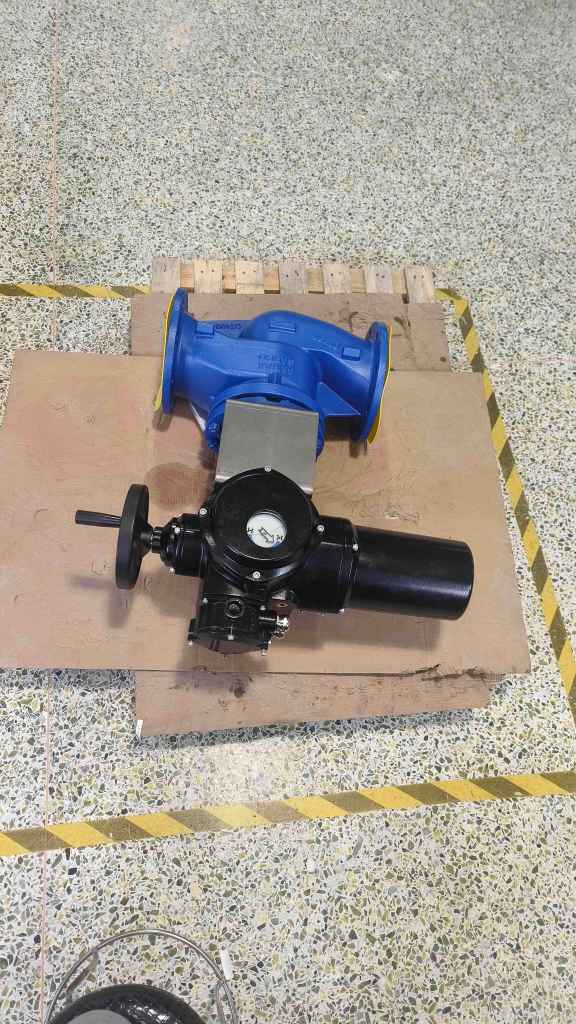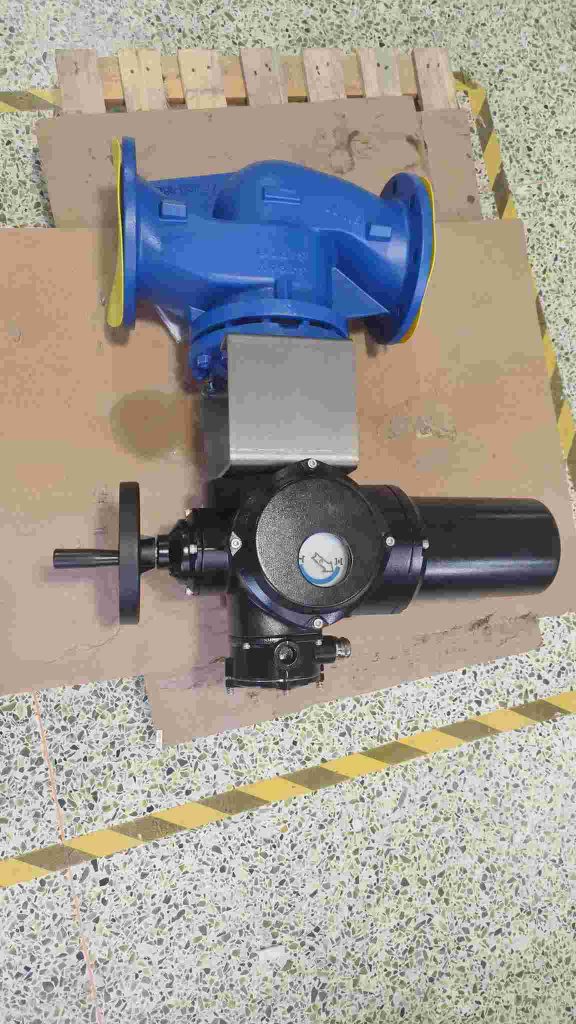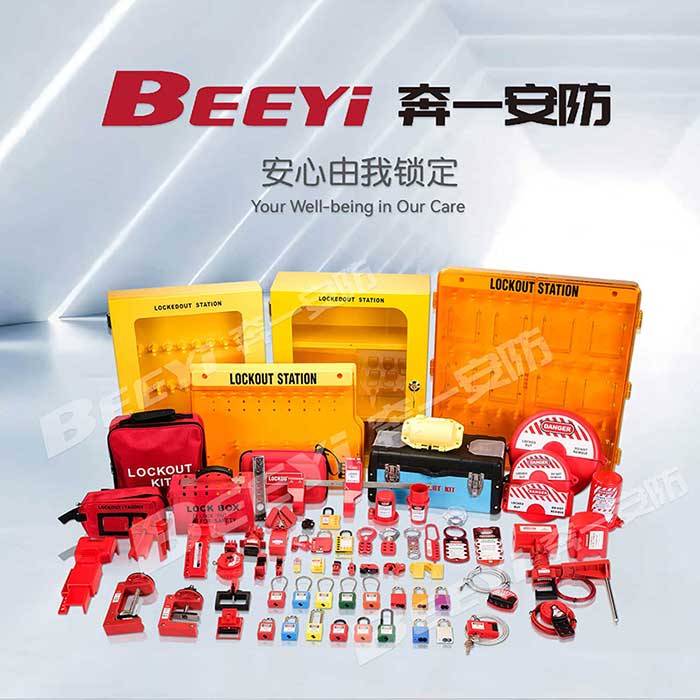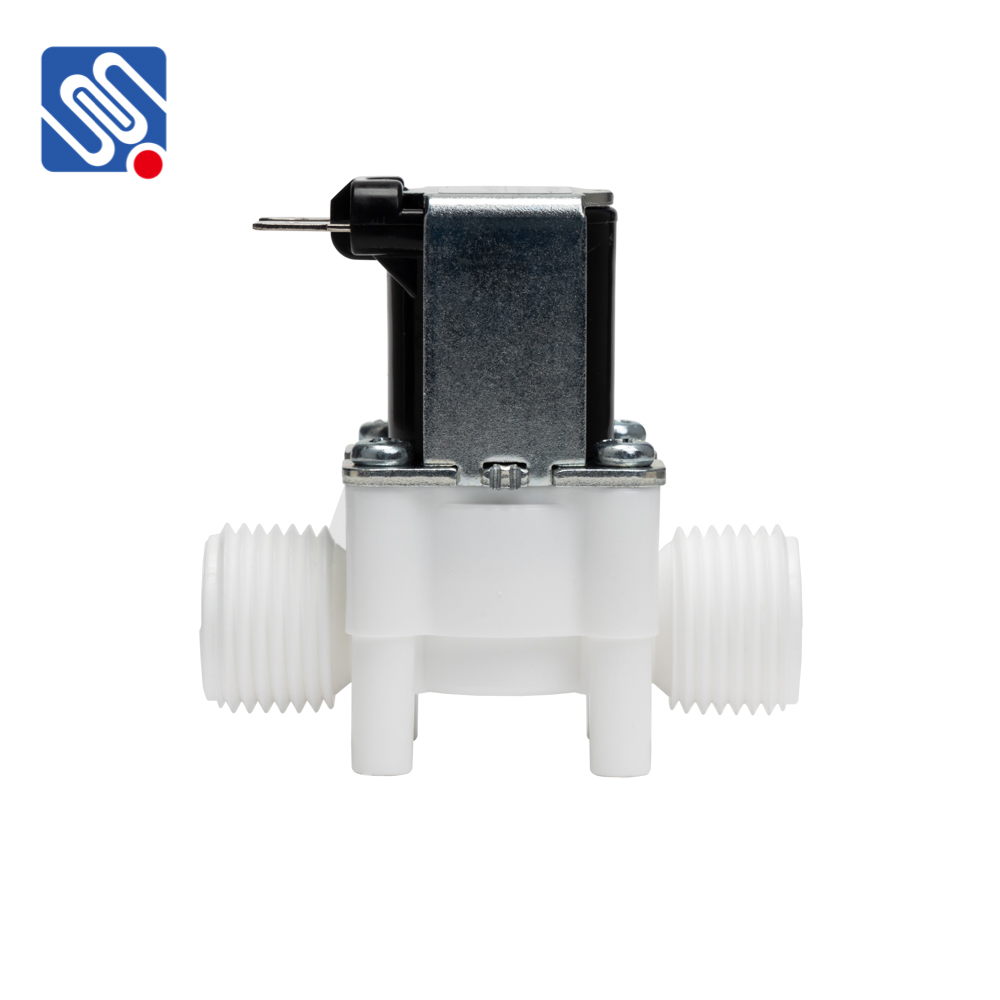In industries across the world, safety protocols are paramount. Among the various safety measures, the Lockout/Tagout (LOTO) system is crucial in preventing accidents during machine maintenance. A key component of this system is the Lockout Bag, a specialized safety product that ensures workers are protected from accidental machine startups. The Lockout Bag factory plays a vital role in the manufacturing of these bags, which are essential in creating a secure environment for workers operating in hazardous settings.
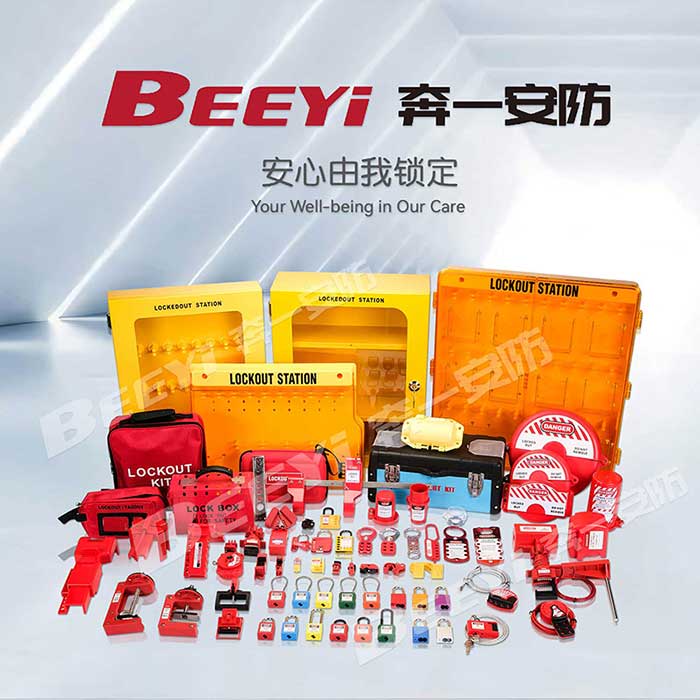
The Role of Lockout Bags in Workplace Safety A Lockout Bag is a durable, portable bag used in the Lockout/Tagout procedure to store lockout devices, tags, and keys when workers are involved in machine maintenance. These bags are designed to be used as part of a comprehensive safety strategy to isolate energy sources, such as electricity, hydraulics, or steam, from machines or equipment being serviced. The primary function of the lockout bag is to ensure that once maintenance is being performed on equipment, no one else can accidentally turn the machinery back on. The lockout bag provides a secure and organized way to store the necessary lockout devices, keeping them readily accessible but preventing unauthorized access. This system is particularly important in environments where multiple workers may be involved in maintaining large or complex machinery.

